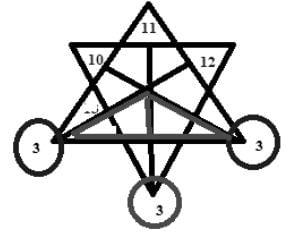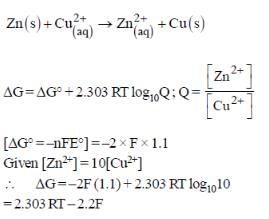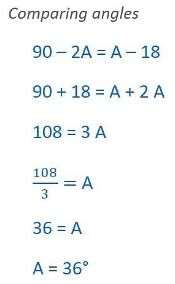DSE Odisha TGT Science PCM Mock Test - 4 - OTET MCQ
30 Questions MCQ Test DSE Odisha TGT Mock Test Series 2025 - DSE Odisha TGT Science PCM Mock Test - 4
The tributaries Raru, Kanchi, Garru, etc. belong to the river
Which region of India experiences a sub-tropical arid (desert) climate?
When does the summer season commence in Odisha?
A introduces B saying, “He is the husband of the grand daughter of the father of my father. How is B related to A?
30 liters of water is added to a 120 liters mixture containing 40% of alcohol. What is the percentage concentration of alcohol in the resultant mixture?
In the following question number of triangle are
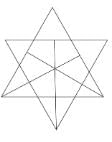
A box contains 90 blue balls, 110 red balls, 150 black balls and 50 pink balls. 50% of blue balls and 70% of red balls are taken away. What percentage of the initial number of balls are remaining in the box?
In 2020, 37.50% of the total employees of a company paid income tax. If 450 employees of the company did not pay tax, what is the total number of employees in the company?
How to specify cell range from A9 to A99 in Excel?
Mainstreaming and inclusion are the parts of which of the following integration?
In a class, a teacher is referring to memory, attention, planning and problem solving. What is she teaching?
How can teachers facilitate understanding of complex concepts in children?
An anxious mother visited a child psychologist and discussed every single detail of her child. She was worried about his lack of interest towards his studies. The psychologist explained to her that several factors affect the learning process. The process of learning is affected by
According to National Education Policy 2020, the progress card of the students communicated to the parents would be-
A school gives preference to girls while preparing students for state-level solo songs competitions. This reflects:
What happens to the magnifying power of microscope, when its length increases?
Two coherent sources produce a dark fringe when phase difference between the interfering waves is(n integer)
In a potentiometer experiment, for measuring internal resistance of a cell, the balance point has been obtained on the fourth wire. The balance point can be shifted to fifth wire by
The resistance in ohms in the four arms of a Wheatstone bridge are as follows. In which combination of the following is the bridge balanced?
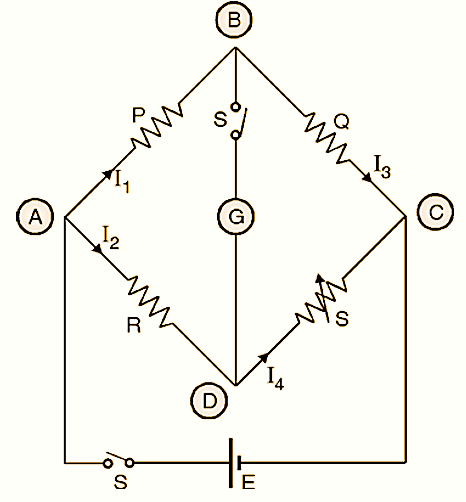
For the following cell,
Zn(s) | ZnSO4(aq) || CuSO4(aq) | Cu(s)
When the concentration of Zn2+ is 10 times the concentration of Cu2+, the expression for ΔG (in J mol-1) is [F is Faraday constant; R is gas constant; T is temperature; E° (cell) = 1.1 V]
The second and third period of the modern periodic table contains how many elements in all?
If tan 2A = cot (A – 18°), then the value of A is
The area of the figure bounded by y = ex, y = e−x and the straight line x = 1 is




